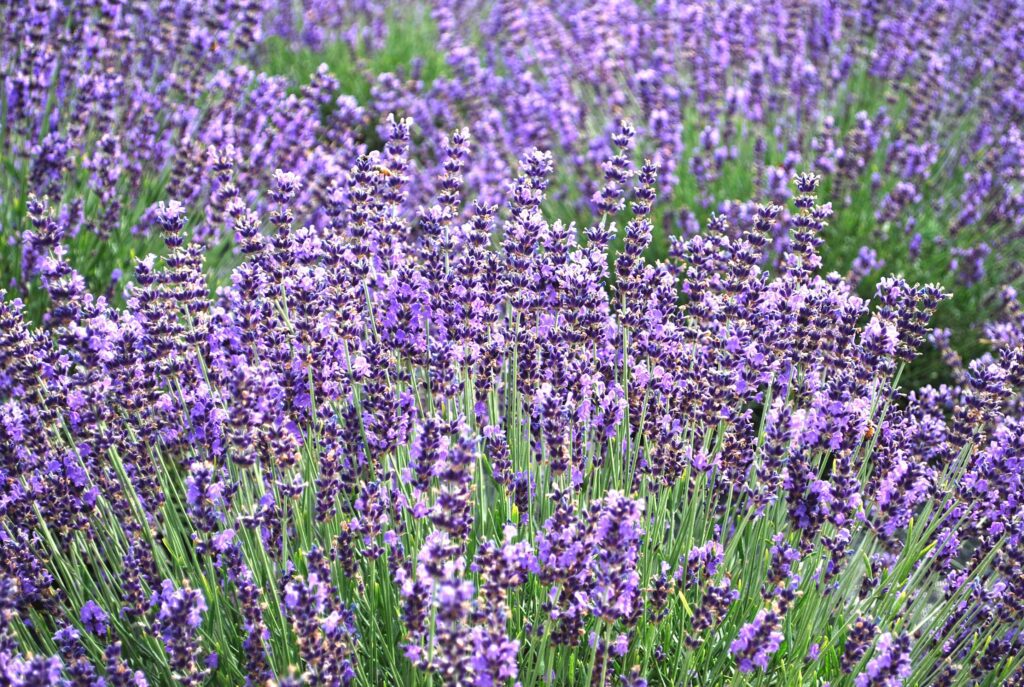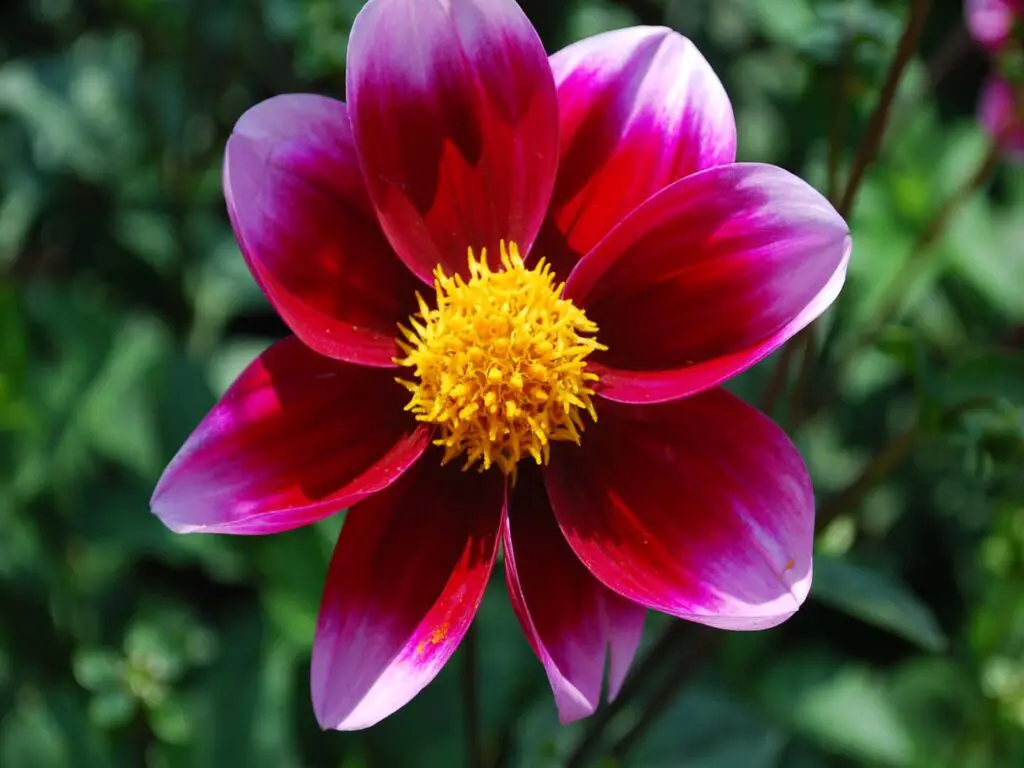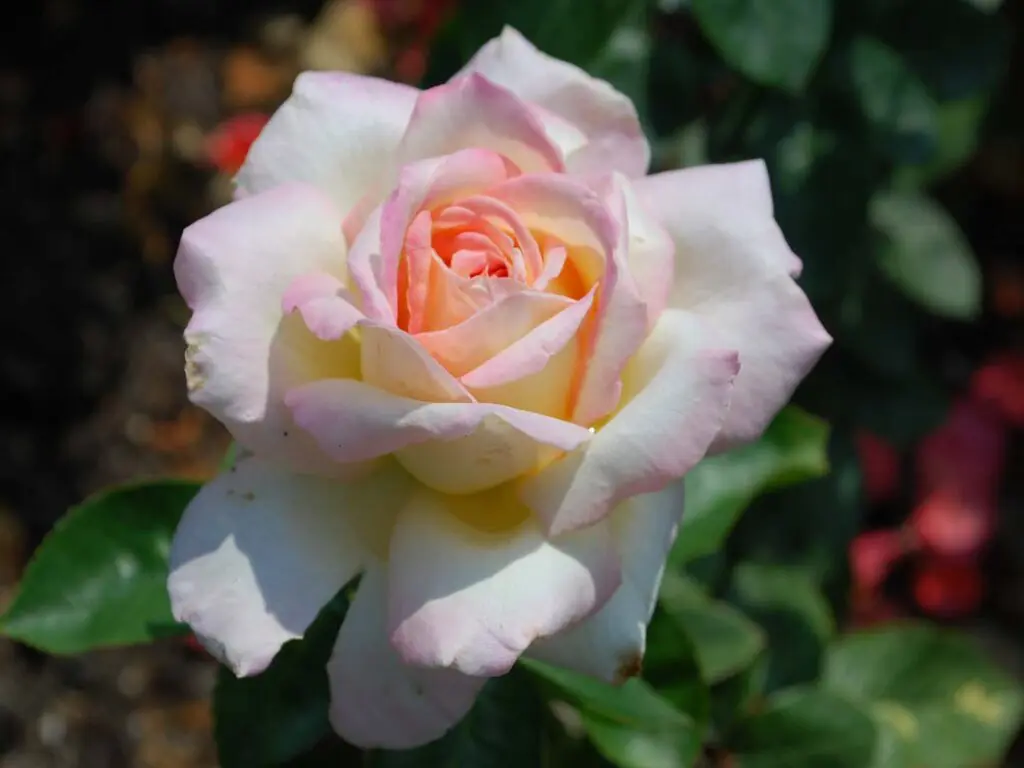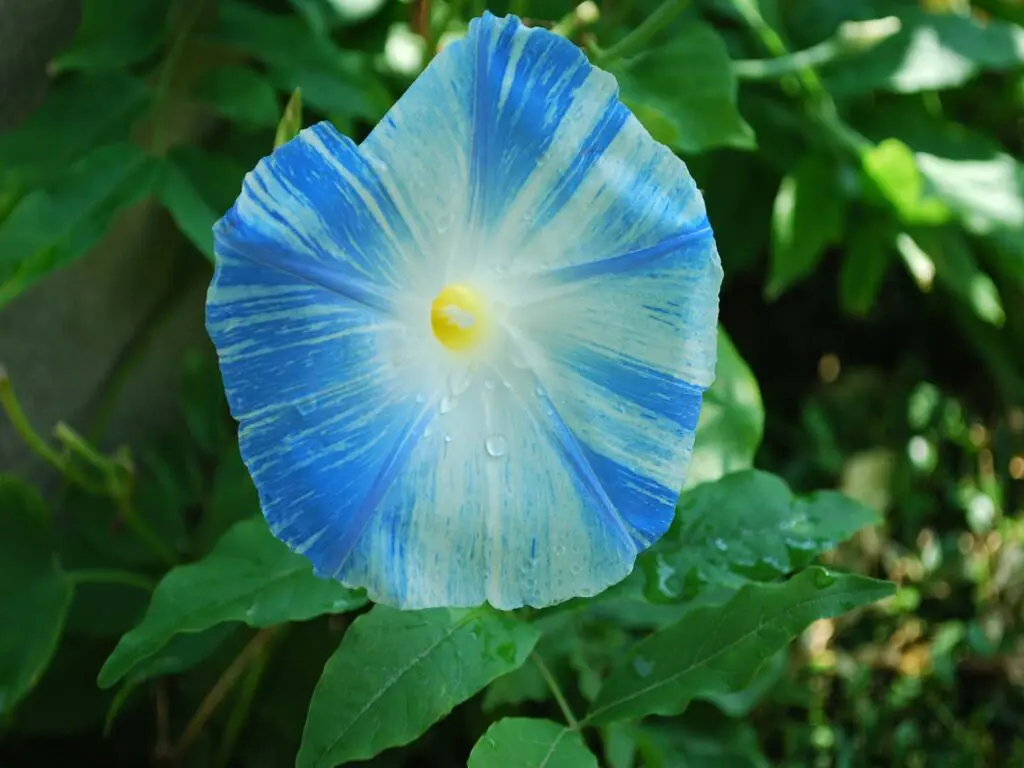Lavender
Native to sunny, dry Mediterranean climates, getting lavender to grow in Wisconsin can be tricky. In my experience there are two key things needed to getting lavender to thrive in our Wisconsin gardens.
One is the right soil. Lavender does best in well drained loamy soil that is slightly alkaline. The soil cannot be too wet or soggy or the roots will rot. Lavender is drought tolerant when established, but does appreciate regular watering when blooming. They do not need fertilizer. If you do use mulch in your garden beds keep the mulch several inches away from the crown of this plant.
The second is the variety of lavender. There are generally two types of lavender – English and French. The English varieties are the most cold tolerant for our area. Lavandula angustifola is an English lavender available in different sizes and color shades. Popular varieties include Hidcote and Munstead. Some lavender hybrids (Lavandula x intermedia) are also hardy to zone 5.
Even cold hardy varieties benefit from winter protection. Not enough snow (which is a great insulator for plants) and cold winds can harm lavender plants. Straw, leaves or burlap can be used for winter protection but should be removed when temperatures start to warm.
Prune lavender in spring, after all danger of frost has passed. Do not shear the entire plant low to the ground. Instead prune out any dead stems down to the new growth, shaping the plant as you go.

Peak flowering season for lavender is July. New lavender plants may bloom the first year but it takes about 3 years for the plants to reach maturity with full blooms. In addition to the standard purple color you can also get lavender plants that bloom in shades of pink or white.
Harvesting lavender should be done on a dry day. It’s best to harvest when the buds are formed but not open all the way, this will retain fragrance longer. Cut the stalks but don’t cut all the way to the base of the plant. Leave a few rows of green leaves on the stem. Secure the cut bundle and tie it together. Hang upside down in a cool dry place with good air circulation until fully dry.
If you don’t want to harvest lavender, you can still do a light prune after flowering. This will stimulate new grow and you may get another flush of blooms. When pruning don’t prune into the older wood stems.
Finally, there is a difference between culinary lavender (used for cooking) and lavender (used for scent). If you are buying for cooking, make sure the plant is from a reputable nursery that specifies the plant is safe for culinary use, or purchase already harvested lavender buds for cooking.




